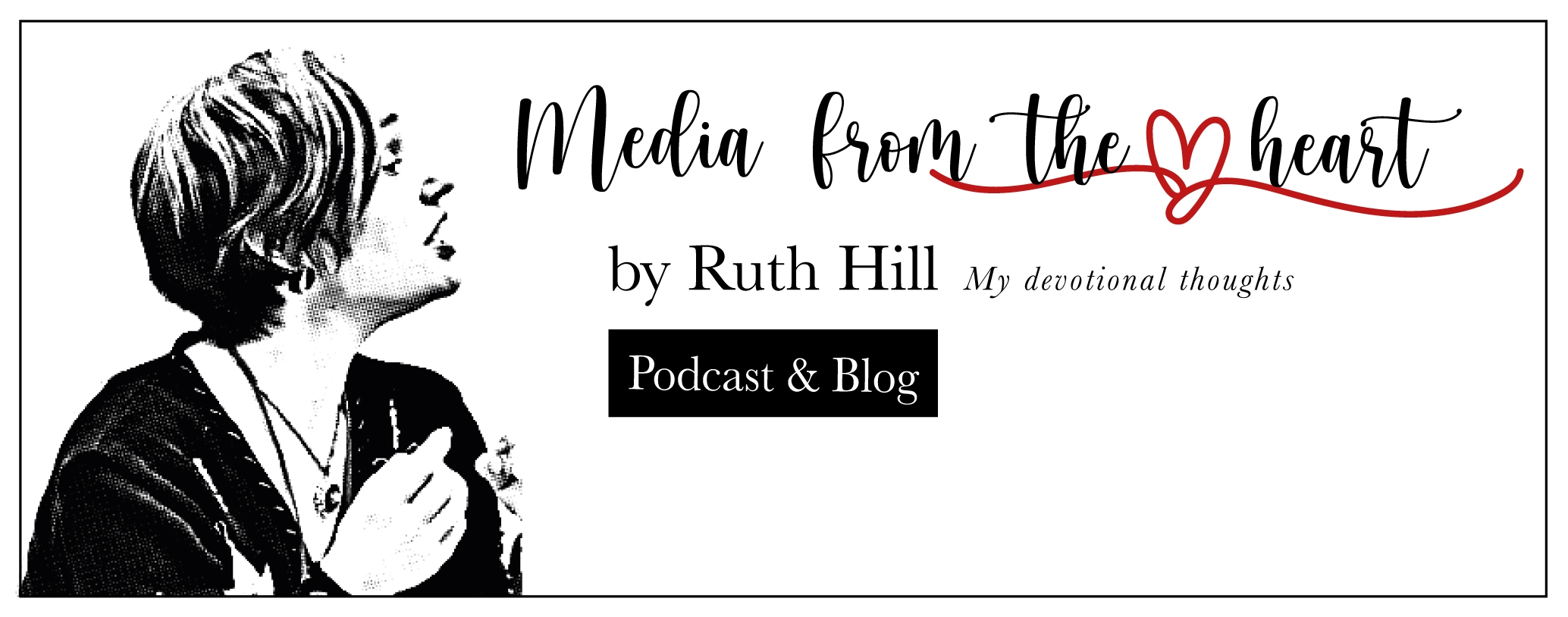Read my disclosure policy to understand how I work with companies and individuals.
It’s important to understand that there is no golden grail or a precisely working model, says Maksym Babych, saas product expert. Any model can be successful with proper use.
 1. Per-User Pricing
1. Per-User Pricing
Per-user pricing is a common SaaS pricing model, where you pay different amounts depending on the numbers of people using the service. It’s similar to the model used by many companies for physical software licensing, but it’s not perfect.
Patrick Campbell of Price Intelligently says that SaaS companies can actually hurt their business with this pricing model, especially if you’re working with companies where there may be multiple users. It means you cut down on the number of people within a company who can get to know and love your software. The model also limits the potential number of active users, which is bad news for the health of your SaaS company. Yes, sometimes, per-user pricing works, but in most cases, a value-based approach is better.
2. Tiered User Pricing
Related to this is the strategy of tiered user pricing, where the numbers of permitted users increase in bands rather than single digits. For example, a given SaaS company might be one price for up to 5 users, another for up to 10 and so on. This has some of the same disadvantages as regular per-user pricing and doesn’t represent value for people like solopreneurs who may need additional features but not additional users. If you’re offering tiers, think about the number of options and how you display them as this could affect revenue.
3. Per Storage Pricing
Cloud storage companies often use tiered pricing based on the amount of storage people need. For example, Google allows you 15GB of storage across your account, then you have to pay for anything extra. And companies like Dropbox let you have a certain amount of storage free, then you have to pay. This allows people to get to know a service, which may encourage them to upgrade when they hit the limit. It certainly worked for me with Dropbox!
4. Feature-Based Pricing
Feature-based pricing model presupposes that you differentiate prices in tiers based on the services and upgrades available to customers. For example, if you’re running an invoicing company, your customers will probably be focused either on the number of customers they can manage or the number of invoices they can send. You need to decide what is the most important aspect and how to stack your pricing tiers.
5. Freemium
This pricing model allows your customers to get a product with a limited functionality for free. But, if they need an update with more options available, they have to pay. We can take LinkedIn as an example. A free version of the service gives enough. However, there are several upgrade packages tailored to the particular needs of job seekers, recruiters, business owners and salespeople.
But you need to be aware that to make this model work, you must be sure your upgrades bring value to your target audience. Otherwise, you can end up like Hubstaff. When they found out that most people don’t need and want to upgrade, they reduced the services available on the free plan.
Bio
Maksym Babych, serial entrepreneur and SaaS professional.
Founder and CEO SpdLoad


